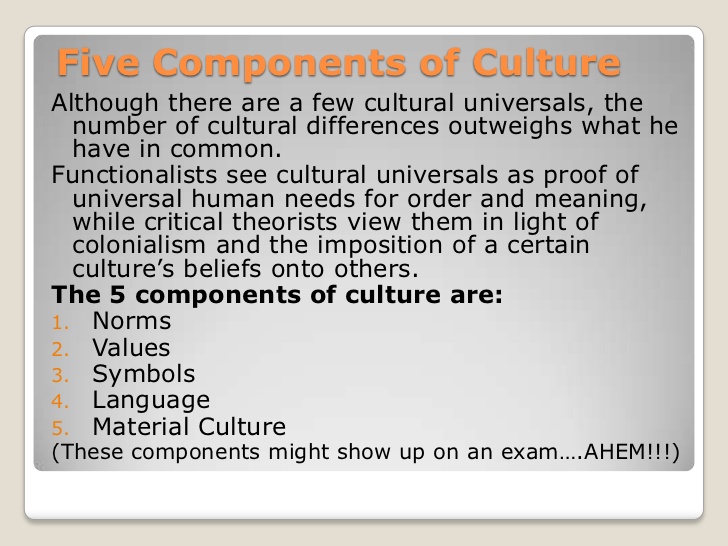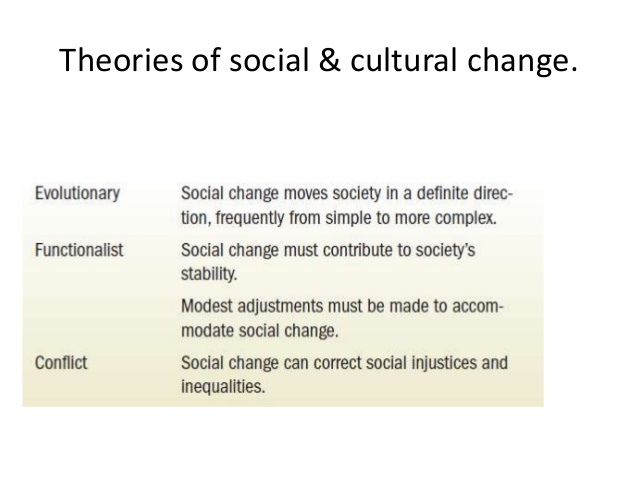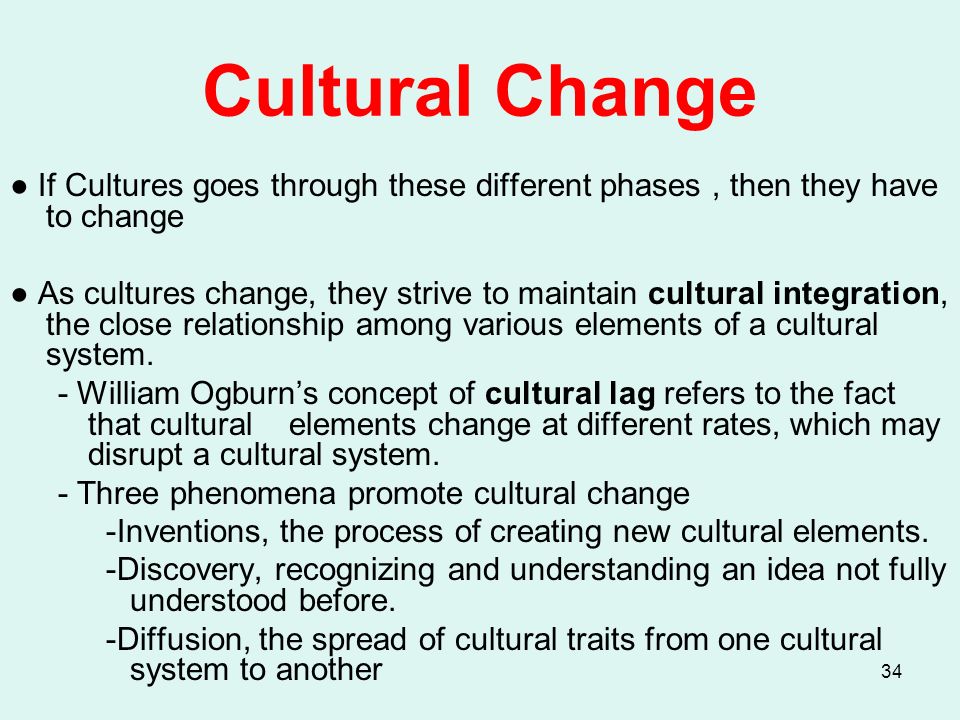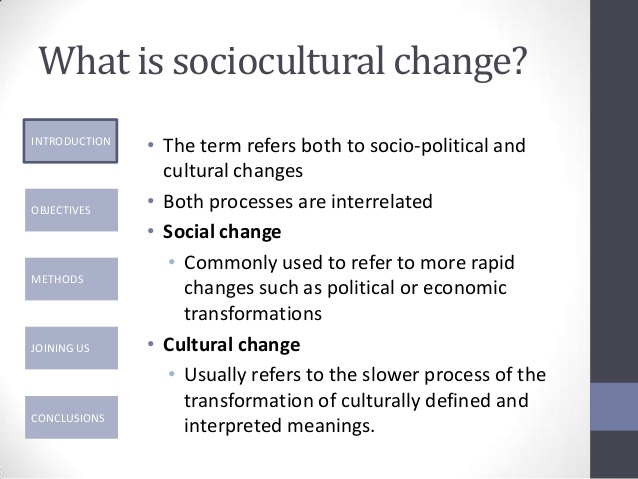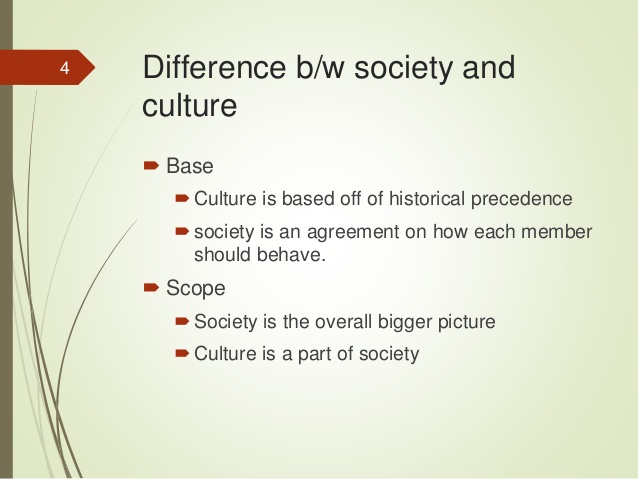Relevance: Sociology
Are there rules for eating at McDonald’s?
Generally, we do not think about rules in a fast food restaurant, but if you look around one on a typical weekday, you will see people acting as if they were trained for the role of fast food customer. They stand in line, pick items from the colorful menus, swipe debit cards to pay, and wait to collect trays of food. After a quick meal, customers wad up their paper wrappers and toss them into garbage cans. Customers’ movement through this fast food routine is orderly and predictable, even if no rules are posted and no officials direct the process.
Co-existence of society and culture
A society describes a group of people who share a community and a culture. By “community,” sociologists refer to a definable region—as small as a neighborhood (Brooklyn, or “the east side of town”), as large as a country (Ethiopia, the United States, or Nepal), or somewhere in between (in America, this might include someone who identifies with Southern or Midwestern society). To clarify, a culture represents the beliefs and practices of a group, while society represents the people who share those beliefs and practices.
Neither society nor culture could exist without the other. In this chapter, we examine the relationship between culture and society in greater detail, paying special attention to the elements and forces that shape culture, including diversity and cultural changes. A final discussion touches on the different theoretical perspectives from which sociologists research culture.
What Is Culture?
Humans are social creatures. Since the dawn of Homo sapiens nearly 250,000 years ago, people have grouped together into communities in order to survive. Living together, people form common habits and behaviors—from specific methods of childrearing to preferred techniques for obtaining food. In modern-day Paris, many people shop daily at outdoor markets to pick up what they need for their evening meal, buying cheese, meat, and vegetables from different specialty stalls. In the United States, the majority of people shop once a week at supermarkets, filling large carts to the brim.
How would a Parisian perceive U.S. shopping behaviors that Americans take for granted?
Almost every human behavior, from shopping to marriage to expressions of feelings, is learned. In the United States, people tend to view marriage as a choice between two people, based on mutual feelings of love. In other nations and in other times, marriages have been arranged through an intricate process of interviews and negotiations between entire families, or in other cases, through a direct system such as a “mail order bride.” To someone raised in New York City, the marriage customs of a family from Nigeria may seem strange, or even wrong. Conversely, someone from a traditional Kolkata family might be perplexed with the idea of romantic love as the foundation for marriage lifelong commitment. In other words, the way in which people view marriage depends largely on what they have been taught.
Behavior based on learned customs is not a bad thing. Being familiar with unwritten rules helps people feel secure and “normal.” Most people want to live their daily lives confident that their behaviors will not be challenged or disrupted. But even an action as seemingly simple as commuting to work evidences a great deal of cultural propriety.
Take the case of going to work on public transportation. Whether commuting in Dublin, Cairo, Mumbai, or San Francisco, many behaviors will be the same in all locations, but significant differences also arise between cultures. Typically, a passenger would find a marked bus stop or station, wait for his bus or train, pay an agent before or after boarding, and quietly take a seat if one is available. But when boarding a bus in Cairo, passengers might have to run, because buses there often do not come to a full stop to take on patrons. Dublin bus riders would be expected to extend an arm to indicate that they want the bus to stop for them. And when boarding a commuter train in Mumbai, passengers must squeeze into overstuffed cars amid a lot of pushing and shoving on the crowded platforms. That kind of behavior would be considered the height of rudeness in United States, but in Mumbai it reflects the daily challenges of getting around on a train system that is taxed to capacity.
In this example of commuting, culture consists of thoughts (expectations about personal space, forexample) and tangible things (bus stops, trains, and seating capacity).
Material culture refers to the objects or belongings of a group of people. Metro passes and bus tokens are part of material culture, as automobiles, stores, and the physical structures where people worship. Nonmaterial culture, in contrast, consists of the ideas, attitudes, and beliefs of a society.
Material and nonmaterial aspects of culture are linked, and physical objects often symbolize cultural ideas. A metro pass is a material object, but it represents a form of nonmaterial culture, namely, capitalism, and the acceptance of paying for transportation. Clothing, hairstyles, and jewelry are part of material culture, but the appropriateness of wearing certain clothing for specific events reflects nonmaterial culture. A school building belongs to material culture, but the teaching methods and educational standards are part of education’s nonmaterial culture. These material and nonmaterial aspects of culture can vary subtly from region to region. As people travel farther afield, moving from different regions to entirely different parts of the world, certain material and nonmaterial aspects of culture become dramatically unfamiliar.
What happens when we encounter different cultures?
As we interact with cultures other than our own, we become more aware of the differences and commonalities between others’ worlds and our own.
Cultural Universals
Often, a comparison of one culture to another will reveal obvious differences. But all cultures also share common elements. Cultural universals are patterns or traits that are globally common to all societies.
One example of a cultural universal is the family unit: every human society recognizes a family structure that regulates sexual reproduction and the care of children. Even so, how that family unit is defined and how it functions vary. In many Asian cultures, for example, family members from all generations commonly live together in one household. In these cultures, young adults will continue to live in the extended household family structure until they marry and join their spouse’s household, or they may remain and raise their nuclear family within the extended family’s homestead. In the United States, by contrast, individuals are expected to leave home and live independently for a period before forming a family unit consisting of parents and their offspring.
Anthropologist George Murdock first recognized the existence of cultural universals while studying systems of kinship around the world. Murdock found that cultural universals often revolve around basic human survival, such as finding food, clothing, and shelter, or around shared human experiences, such as birth and death, or illness and healing.
Through his research, Murdock identified other universals including language, the concept of personal names, and, interestingly, jokes. Humor seems to be a universal way to release tensions and create a sense of unity among people (Murdock 1949). Sociologists consider humor necessary to human interaction because it helps individuals navigate otherwise tense situations.
For more such notes, Articles, News & Views Join our Telegram Channel.
Click the link below to see the details about the UPSC –Civils courses offered by Triumph IAS. https://triumphias.com/pages-all-courses.php


